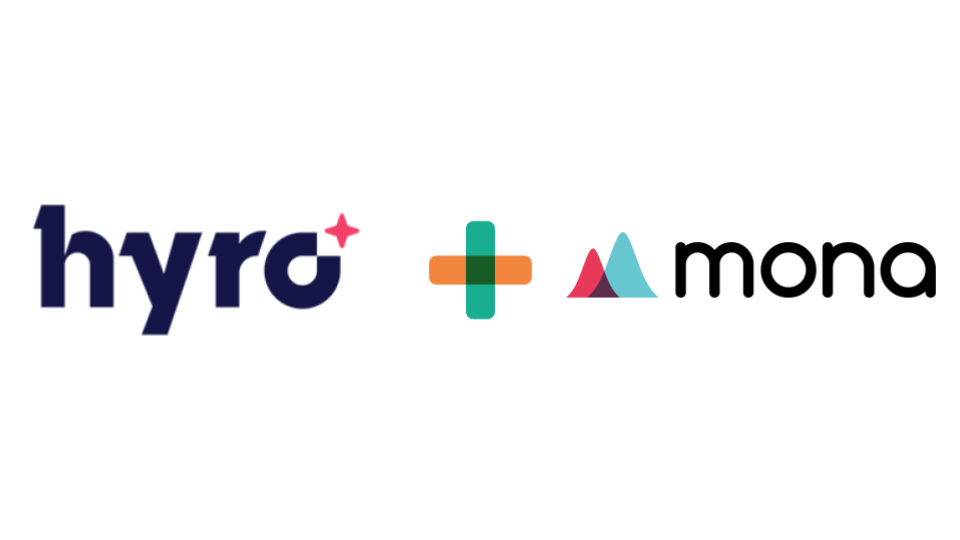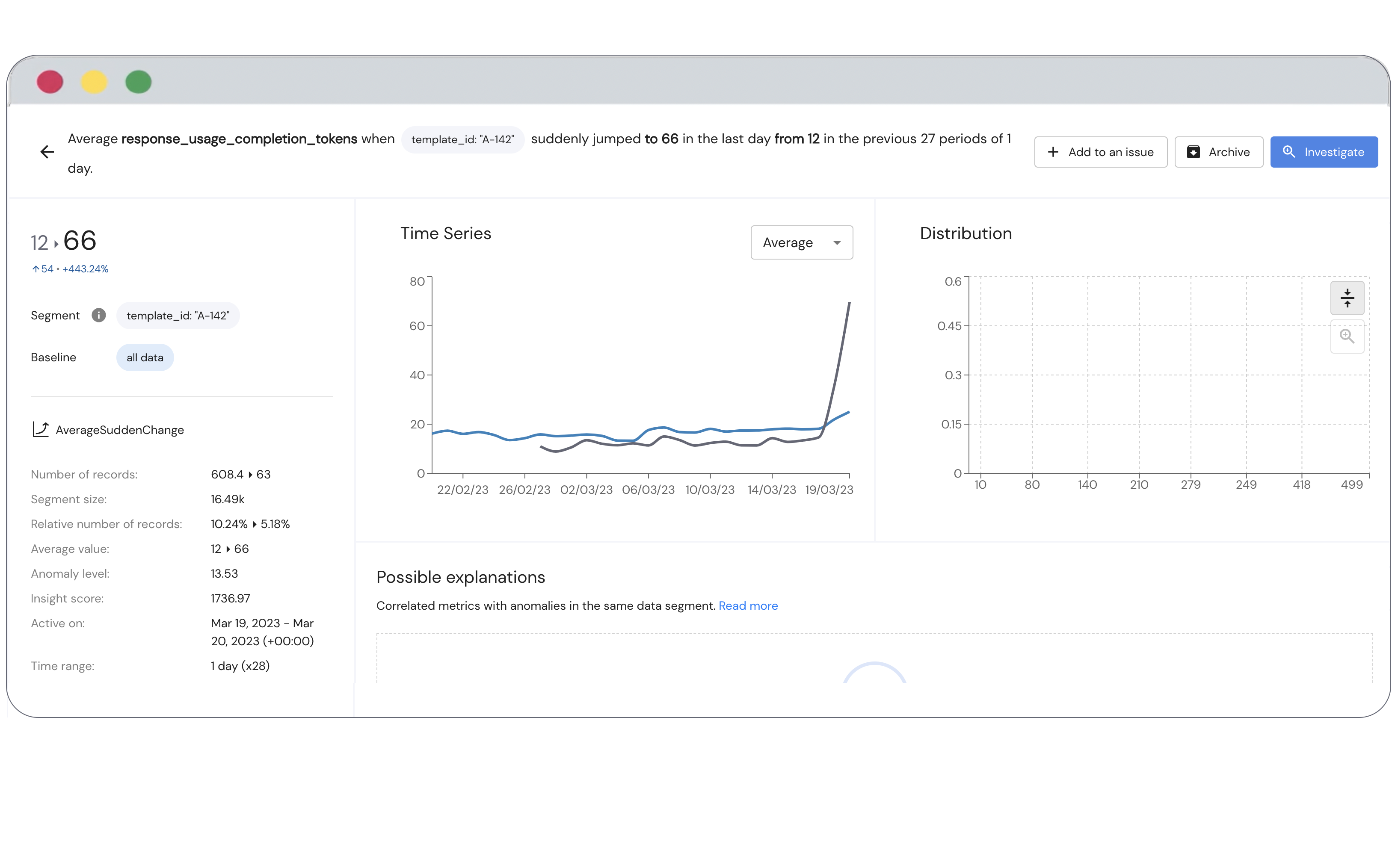The virtuous cycle of AI-driven growth
Making AI impactful and scalable is hard
In virtually every industry, companies invest heavily in artificial intelligence. We all have an intuitive understanding of the “why”: Within just a few years it has become much easier to build predictive models with real business value, that save time and money, reduce manual labor, and improve results across the board. Ultimately, we want AI to deliver business optimization and growth.
What is still hard to wrap our heads around is how to turn AI investments into an impactful and scalable business operation. As these AI projects scale, they have to continuously evolve to keep up with the growth they’ve driven, with the objective of achieving even more growth. This is the basis of a feedback loop we like to call “the virtuous cycle of AI-driven growth”. Every AI leader we meet tries to deepen their understanding of this cycle, with its interconnected pieces ranging from infrastructure, teams, the AI workflows with model and data, the business applications, and of course the customers / users.
We found that this framework can help managers, executives, and other decision makers think about the pieces that have to work well together for the company to sustain AI driven growth, so it’s worth taking the time to explore it and apply it for your needs.
Understanding the virtuous cycle of AI-driven growth
First, let’s establish that successfully deployed AI is an engine for growth. You begin with a business problem, collect initial data, form hypotheses, train predictive models, serve them, and voilà - you have an AI-driven product. A valuable product naturally brings more customers, or increases value for existing customers and the business grows.
Consider an e-commerce site, leveraging AI to recommend products to consumers visiting the site. Relevant recommendations translate into purchases, and the additional revenue that the site makes could be invested into marketing to bring even more consumers to the site. Quality AI can quickly lead to business growth.
Now, with rapid growth come new opportunities and risks. You have a lot of new customers and they come with new data. New data presents an opportunity to learn more, improve your predictive accuracy and your coverage, but also the risk of new edge cases and exceptions, and perhaps exposure to new regulations.
For example, the e-commerce site which deployed machine learning model recommendations to increase purchasing conversions, in rapid growth mode, may enter new country markets. New markets present more diverse datasets, new languages, different consumer preferences and behaviors, and perhaps different Lemon Laws. Can the AI-driven recommendation system keep up?
In parallel, the world continues to move, and that too contributes to new opportunities and risks. Intuitively, in our e-commerce example, recommendation patterns that worked last year, may not work today as some consumer brands and products quickly rise or decline in popularity. Consumer preferences change constantly, and local or global events (e.g., a pandemic) have significant implications too.
Continuous evolution is needed to mitigate risks and capture the opportunities. If you adapt, you’ll continue to create value, and in turn, more growth. As an AI business owner you may need to invest in additional team expertise (e.g., “can someone learn computer vision? We started collecting image data!”), new infrastructure (e.g., “can we keep processing times low if we had to make 100x more predictions per minute?”) and new machine learning models as well as improvements to the existing ones (e.g., “have we ever trained our model on French consumer data?”).
So, how do you figure out the necessary improvements? AI improvement comes from observing and learning diligently. If you carefully and continuously track the business performance of your AI environment, you can determine the strengths and weaknesses of your expertise, your infrastructure and your models. Ideally, you have a consistent stream of learning feeding into your ongoing improvement plans. Integrating observability and governance therefore connects the dots and completes your AI / ML growth cycle.
In our work, we have talked with hundreds of AI teams, and have partnered with dozens of these teams. It is apparent that what separates the forward thinking teams from the rest of the pack is having deeper visibility across their entire tech stack, and along the full lifecycle of the product. These teams often look to implement best-in-class APM (to tell them when it’s time for infrastructure adjustments), BI (to identify new business opportunities), and integrated data and ML model monitoring (to validate data integrity, detect concept drifts, model biases and other weak spots, to A/B test model versions for streamlined updating, and more).
Takeaways and next steps
For many companies, AI has gone from supporting the business to driving the business, but without allowing much time to solidify practices and architectures around this AI-driven growth. It’s going to take a while longer for the market and the ecosystem to mature, and perhaps even longer for the collective expertise to catch up. In the meanwhile, we think that the virtuous cycle framework is another useful tool to keep in your toolbelt so you have a better understanding of the bigger picture of leading AI.
If you’re on one of those teams trying to continuously adapt your AI environment to unlock (and not hinder) growth for your company, you’re not alone. If you are one of those teams that proactively evolves based on methodically observing your AI in the real world (rather than based on instinct or reacting to complaints), then you’re on-track to mastering the virtuous cycle of AI-driven growth. Drop us a line, we’d love to hear about your journey and share more of our best practices with you.

